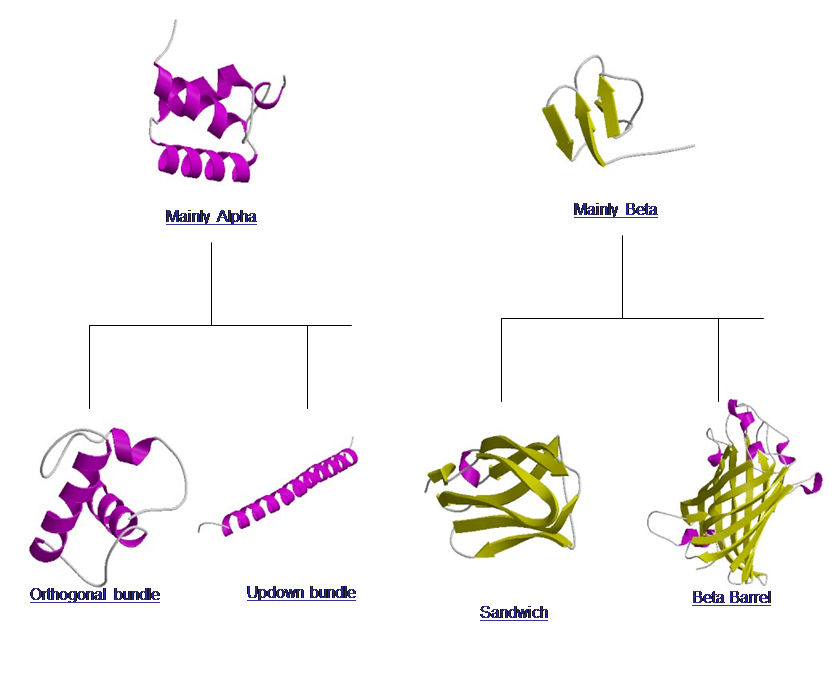We research how to predict protein behavior on surfaces, including their stabilities and folding mechanisms. The immediate impact of this work is the quality of protein arrays and biosensors, which could affect areas such as medicine, defense, and proteomics.


1. New Insight Into This Problem
Shuai Wei and Thomas A. Knotts, IV. Predicting stability of alpha-helical, orthogonal-bundle proteins on surfaces, J. Chem. Phys. 133, 115102
Five alpha-helical, orthogonal-bundle proteins have been simulated with Brooks Go-like model in the bulk and on surfaces.




They are all two state folders, and their melting temperatures and other thermodynamic quantities can be measured.
Result showed that protein could be stabilized or destabilized on surfaces, and the stabilization is site specific. However, there is always a stable site in each loop region, which can be identified based on the shape of the loop region and site position in the region. Only one exception was found in protein 1AD6, which could be distinguished by its limited rotation volume compared to all other sites.


It could be described better by showing movies of the protein on surfaces with different tethering sites and temperatures. The following videos are of the same protein with different tethering sites.
Thermodynamic analysis showed that not only the entropy part contributes to protein stability change on surfaces, but also the enthalpy part play a significant role in some cases. Specifically, the entropy part always increases proteins stability, while enthalpy contributes in the opposite way.


2. Bridging the science and technology gap
More Protein motifs, like those shown below, will be simulated in the same process shown above.

Also, we are trying to build new surface models with hydropathy effects to the protein.
